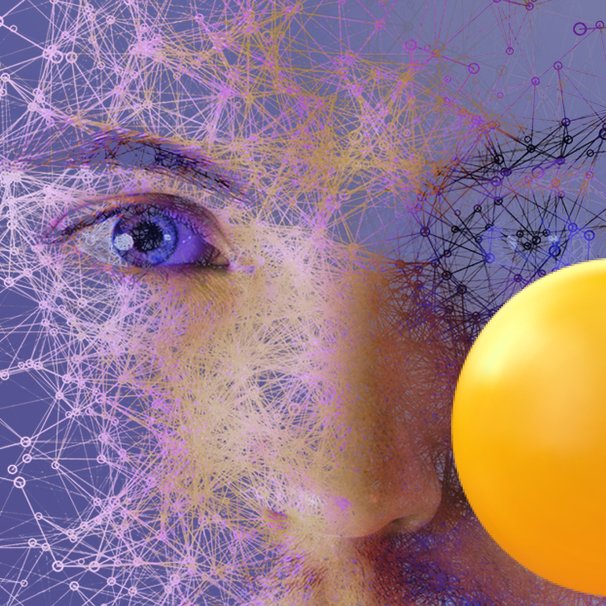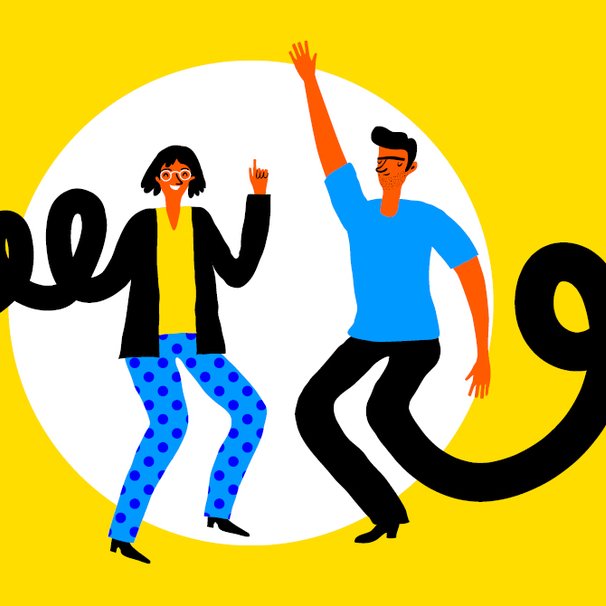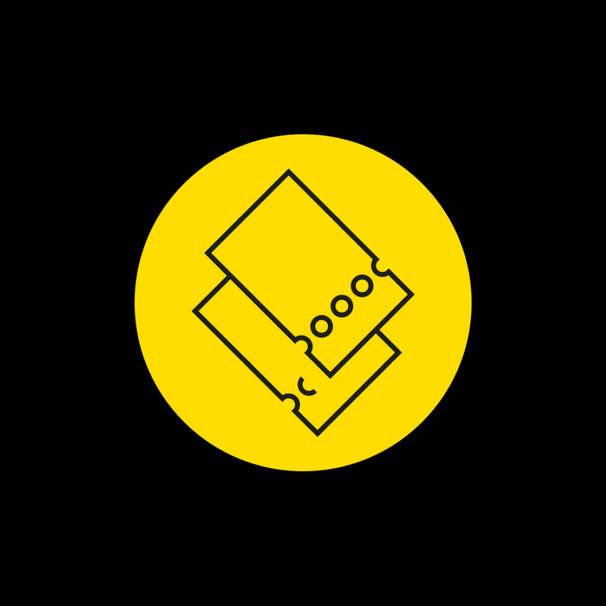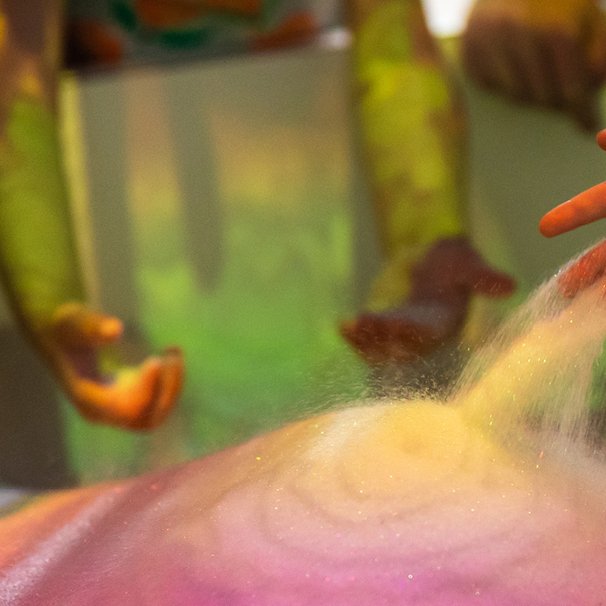How to create an exhibition on something that is yet to happen? Or – is only just starting? Copernicus Science Centre accepted this challenge, and the effect will be seen at “The Future Is Now” exhibition. The first part will open on 5 November. The project is executed together with KPRM and NASK.
Hopes and Fears
When thinking about the future, we tend to oscillate between optimism and apocalyptic visions of tomorrow. But the grand dreams of humanity are complex, and different perspectives and interests need to be reconciled. It’s not the only complication. It’s difficult to focus on bold plans, when we need to address the challenges arising from our past (climate crisis) or our everyday lives, which can often surprise (e.g. with a global epidemic). No wonder changes and novelties cause many anxieties. But the scientific innovations can only help in shaping the future! It is worthwhile to learn about them, understand them, and evaluate their potential. To admire the possibilities brought to us by today's ultramodern reality. To notice the relationships between our personal values and the values of others. To ponder on which solutions are useful and bring scientific progress, and which breed doubts and can generate additional problems. The newest exhibition in Copernicus is a chance to meet innovations and latest developments in science. Some of them will soon move into our homes. Others – we will fall in love with so much we won’t be able to function without them. Our youngest Visitors will experience the end of the 21st Century with their own eyes. The future is now. Can anybody even doubt that?
Future in Three Stages
“The Future Is Now” exhibition consists of three parts, which will be made available to the public successively. The first part will open on 5 November. The following two will come to Copernicus Science Centre in Summer and Autumn of 2022.
Digital Brain?
How does Artificial Intelligence “think”? Can it be trusted? Where does a computer artist find inspiration?
The first part of the exhibition prompts a rethink of the boundaries of trust, privacy, intimacy, sacurity, and the new definitions of art and creativity. Here, our Visitors will find exhibits related to the mechanisms of Artificial Intelligence and Machine Learning. They will get the chance to check how easy it is for them to give their phones away to a machine. A robotic baby will allow them to evaluate their own attitude towards humanoid robots. Our Visitors will get to see an autonomous vehicle up close, take a peek into an unusual shadow theatre, and find out how deepfakes – i.e. modern photomontages – are made. There will also be a chance to get to know robotic artists and their work. Listen to AIVA's compositions, take a look into a cubist mirror, co-create a painting together with an AI. Technology is also entering the most intimate areas of human existence – the world of our relationships and feelings. Is it welcome? Well, that's a question of personal choices and individual boundaries. Visitors of the exhibition can figure those out, while watching a hologram partner or the End of Life Care Machine.
Mission: Earth
How will the future Earth look like? Will it still be the same planet? What are our chances at a comfortable life? And what are the chances of the future generations?
The second part of the exhibition will focus on our notions of the future world as our habitat. It will address such issues as the ongoing degradation of the natural environment, global warming, cities of the future, or space colonisation. The exhibit that will integrate all these themes in the Globe. It will allow us to look at the Earth from the cosmic perspective. On the surface of the giant sphere, you will be able to watch changes in CO2 concentration levels and the average temperature, as well as migrations of species. Furthermore, various spacial and statistical data, obtained in cooperation with UNEP and UNEP/GRID-Warszawa Centre, will be
made available. UNEP in the United Nations Environment Programme. The Centre is one of the five GRID facilities in the world, and its goal is to aggregate data on Earth's resources and to increase the public awareness on climate crisis or the protection of biological diversity. The presented data is integrated with „World Environment Situation Room" (WESR) – a platform with data and knowledge regarding the changes happening in the world environment, run by UNEP.
At the exhibition, our Visitors will find real life, too! By taking a glance at a Myrmicine ant colony, they will see a perfectly functioning superorganism, which we could teach us a lot. Also, they will learn about technologies at the base of smart cities, and expose the omnipresent microplastics.
Life 2.0
How will the medicine of the future look like? How much can we sacrifice for our bodies' wellbeing? And how much will we have to?
The third part of the exhibition will surround the medicine of the future, human design, and cyborgisation. It will encourage a contemplation on the boundaries of our health and life quality care. Thanks to innovative technical solutions, we can now peek inside the human body in a non-invasive way, examine it with precision, diagnose diseases, and plan treatments. We are one step away from the enticing possibilities of improving ourselves. How far can we go? Should genetical modifications and senses enhancing implants stay confined to cyberpunk literature? What defines us as humans? Among the exhibits, our Visitors will encounter a 3D bioprinter, which prints human tissues, a brain-computer interface, or a biohacker's lab.
Educational Programme
“The Future Is Now” exhibition will be accompanied by an educational programme under the same name. During the meetings, where educators and experts will talk to students and teachers, we will raise issues related to Artificial Intelligence, digitalisation, robotisation, climate crisis, and changes in the natural environment. The task of the “workgroups” is to create formats of dialogue events, which will be appealing and accessible for the youth, and will help to develop essential competences for shaping the future.
Ready-made scripts are available at the OSE IT Szkoła platform (https://it-szkola.edu.pl/), in the tab dedicated to the educational programme. They will work very well during many classes – IT, environment, biology, geography, philosophy, ethics, art history, security education, social studies, and even advisory classes.
Both form and content are fit to the abilities, needs, work methods, interests, and motivations of schoolchildren aged 13 to 19.
More info:
Katarzyna Nowicka; the Press Secretary of Copernicus Science Centre, Tel. 604 194 689, katarzyna.nowicka@kopernik.org.pl





